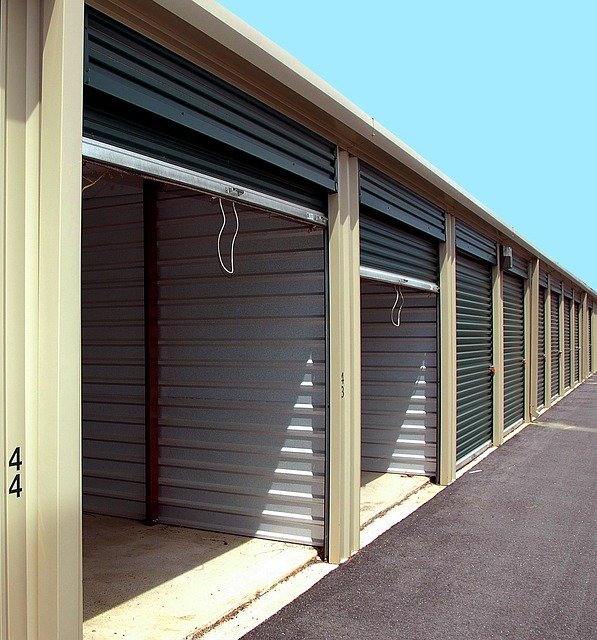How Storage Units Work and Why People Use Them
Storage units are small spaces that people can rent to keep things they do not have room for at home. These units come in many sizes and can store items like furniture, boxes, or seasonal belongings. Learning about storage units helps understand how they can organize extra stuff.

What Is Self Storage and How Does It Work?
Self storage facilities offer individually secured units that customers can rent on a monthly basis. These units typically feature roll-up doors, personal locks, and 24-hour accessibility. When renting a storage unit, tenants sign a lease agreement, receive their own key or access code, and can visit their unit during facility operating hours. Many modern storage facilities also provide climate-controlled options to protect sensitive items from temperature and humidity fluctuations.
Common Reasons for Renting Storage Space
People utilize storage units during various life transitions and situations. Common scenarios include moving between homes, downsizing living spaces, storing seasonal items, or managing business inventory. Students often rent units during summer breaks, while businesses use them for document storage or excess inventory. Renovating homeowners frequently need temporary storage space for furniture and belongings during construction projects.
Types of Storage Solutions Available
Storage facilities offer multiple unit configurations to accommodate different needs. Mini storage units typically range from 5x5 feet (perfect for small furniture and boxes) to 10x30 feet (suitable for entire household contents). Climate-controlled indoor units, drive-up outdoor units, and specialized storage for vehicles or boats represent the main categories available. Some facilities also provide additional features like 24-hour video surveillance, on-site security, and covered loading areas.
Understanding Storage Rental Agreements
Storage rental agreements typically operate on a month-to-month basis, offering flexibility for varying storage needs. These contracts outline important details such as payment terms, access hours, prohibited items, and facility rules. Most facilities require tenants to maintain their own insurance coverage for stored items. Understanding these agreement terms helps ensure a smooth rental experience and proper protection of stored belongings.
Storage Unit Pricing and Size Options
Storage unit costs vary based on size, location, and available features. Here’s a general overview of common unit sizes and their typical monthly rental rates:
| Unit Size | Typical Use | Monthly Rate Range |
|---|---|---|
| 5x5 ft | Small furniture, boxes | $40-$80 |
| 5x10 ft | Studio apartment items | $60-$120 |
| 10x10 ft | Two-room contents | $100-$200 |
| 10x20 ft | Three-bedroom home | $170-$300 |
| 10x30 ft | Large home contents | $250-$400 |
Prices, rates, or cost estimates mentioned in this article are based on the latest available information but may change over time. Independent research is advised before making financial decisions.
Security Features and Facility Access
Modern storage facilities implement multiple security measures to protect stored items. These typically include perimeter fencing, electronic gate access, security cameras, and bright lighting throughout the property. Many facilities provide unique access codes to each tenant and maintain computerized entry records. Some locations offer extended or 24-hour access, though this varies by facility and may require additional fees.
Storage units continue to evolve with technology and changing consumer needs, offering increasingly sophisticated solutions for both personal and business storage requirements. When selecting a storage unit, consider factors such as location, size requirements, security features, and climate control needs to find the most suitable option for your specific situation.




